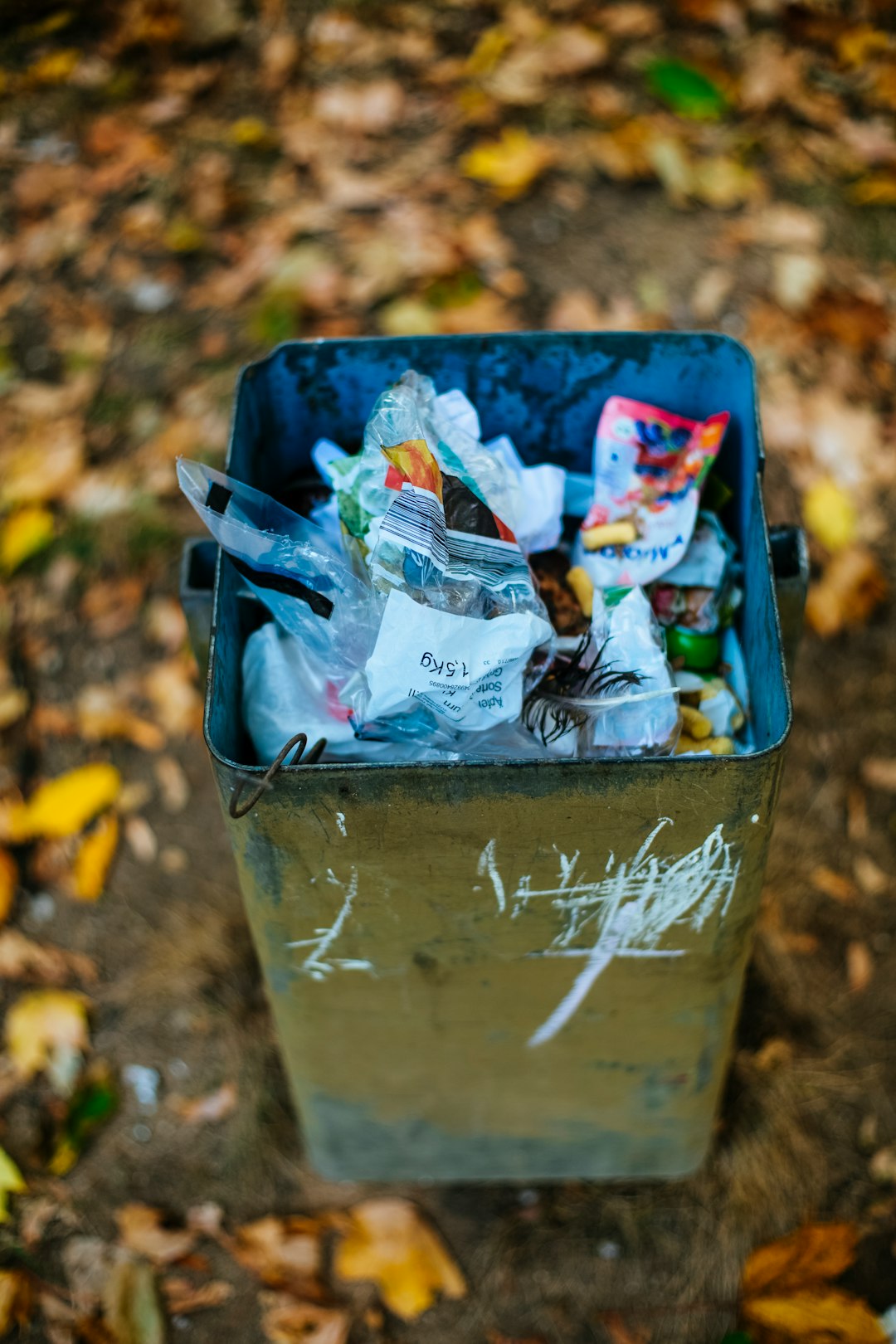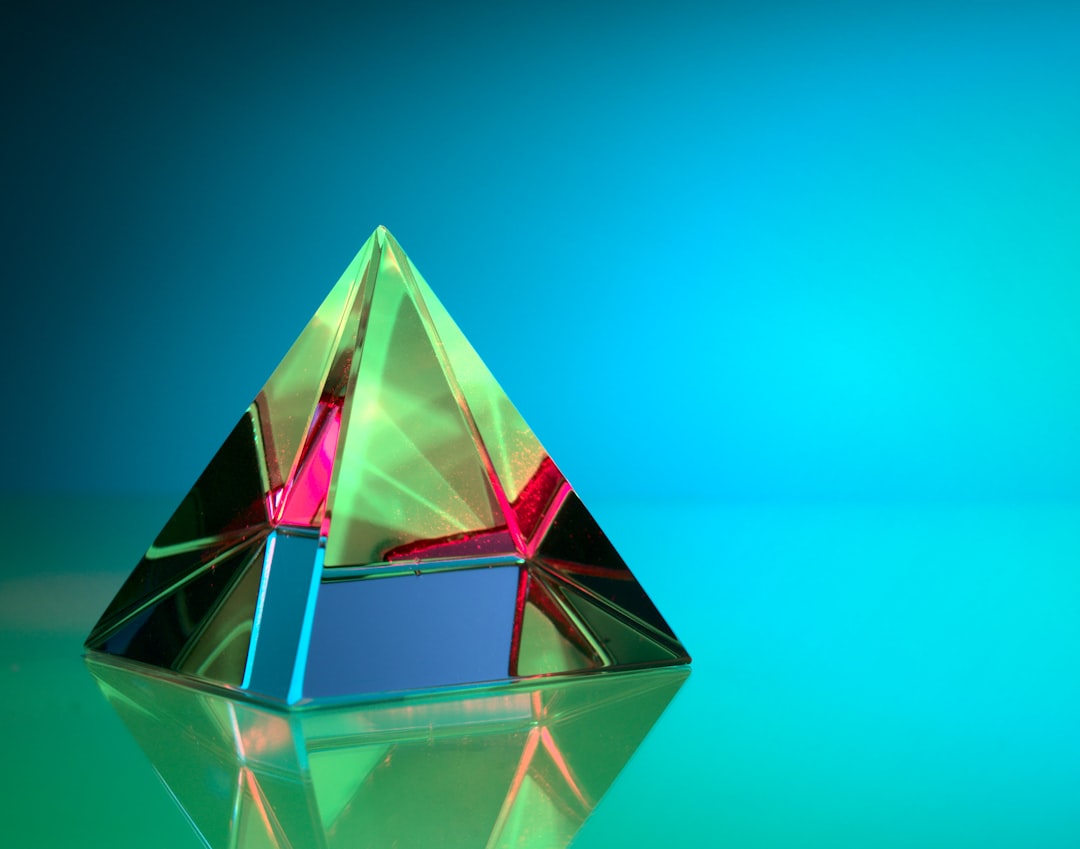What is it about?
The selection of modeling and machining parameters for glass mould fabrication in ophthalmic lenses production, has required the definition of a theoretical–empirical model of the ground surface in order to predict the overall geometry errors of the surface. The accurate control of the geometrical errors and of the surface texture for the mould functional surface is crucial for the subsequent polishing operation, which is responsible for the final geometry, surface finish and cost. The basic hypotheses validation has been accomplished by measuring the micro-geometric parameters P, W and R and by characterizing the macro-geometry comparing the nominal profile and the measured profile. The correspondence among theoretical hypotheses and experimental results allows realistic predictions of the attainable surface texture during a contour grinding operation and the adoption of preventive actions in order to compensate the geometrical errors due to modeling and tool path generation parameters.
Featured Image
Read the Original
This page is a summary of: Surface and geometry error modeling in brittle mode grinding of ophthalmic lenses moulds, International Journal of Machine Tools and Manufacture, October 2006, Elsevier,
DOI: 10.1016/j.ijmachtools.2005.08.016.
You can read the full text:
Contributors
The following have contributed to this page










